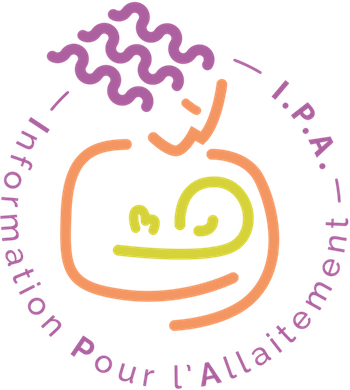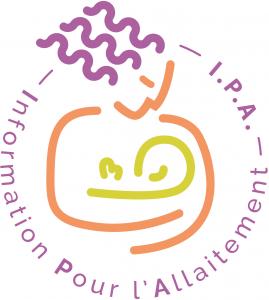Catégories
 > Pathologie > Pathologie du frein lingual > Pathologie > Pathologie du frein lingual
Pathologie du frein lingual |
Documents disponibles dans cette catégorie (22)
 Ajouter le résultat dans votre panier Faire une suggestion Affiner la recherche
Ajouter le résultat dans votre panier Faire une suggestion Affiner la rechercheArticle : texte imprimé
Lois Wattis, Auteur ; Renee Kam, Auteur ; Pamela Douglas, Auteur |One mum is patiently wrestling with her about 1-month old baby trying to latch him to breastfeed, while the others watch sympathetically, offering support and advice. ‘He always fusses like this. Sometimes it takes 5 minutes to get him on and by[...]Article : texte imprimé
Arieh Riskin, Auteur ; Michal Mansovsky, Auteur ; Tzviya Coler-Botzer, Auteur |Objective: This study explored clinical implications of tongue-tie (TT) on breastfeeding from the mothers' perspective and evaluated the assistance provided. Materials and Methods: This was a single-center observational study using a structur[...]Article : texte imprimé
David A. Todd, Auteur ; Monica J. Hogan, Auteur |Background: In 2011, the Centenary Hospital Neonatal Department guidelines were modified and recommended delaying the division of infant tongue-tie (TT) until after 7 days of life. This paper looks at the effect of these guidelines in practice b[...]Article : texte imprimé
Russell McGoldrick, Auteur ; Donna Solari, Auteur ; Monica Hogan, Auteur |Background: Over the last decade, a number of studies have demonstrated that early division of tongue-tie (TT) is associated with significant feeding benefits to both mother and baby. Notwithstanding, it remains a controversial procedure. We exa[...]texte imprimé
"Tongue-tie: Morphogenesis, Impact, Assessment and Treatment busts the myths associated with tongue-tie that prevent the re-establishment of routine assessment and treatment of the condition in the early postpartum period. Dr. Hazelbaker provide[...]Article : texte imprimé
Ankyloglossia or tongue-tie is the presence of sublingual frenulum, which causes a change in appearance or function of the tongue. The frenulum is shortened, inelastic, thickened, or positioned toward the tie of the tongue or close to the gingiv[...]Article : texte imprimé
Interest in tongue-tie as a source of nipple pain continues clinically and in manuscripts submitted to the journal. It has completely eclipsed reports of yeast as a cause of nipple pain. The report of the problems recorded to occur as a result o[...]












